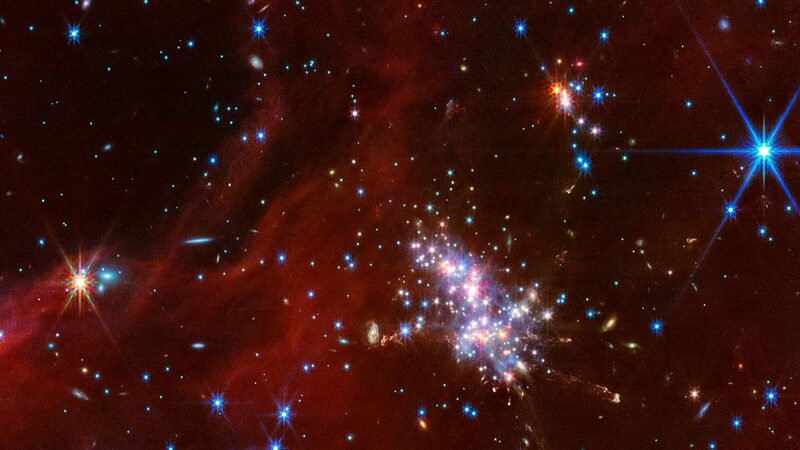🌟 Ever wondered how planets are born? Astronomers have just spotted a baby planet that's shaking up our understanding of the universe! 🪐✨
This newborn planet is orbiting around a young star and has formed in just 3 million years—that's super fast in cosmic terms! 🚀 To give you an idea, our Earth took about 10 to 20 million years to form. 🤯
Estimated to be 10 to 20 times the mass of Earth, this infant world is one of the youngest exoplanets ever discovered. It's still cozying up alongside the remnants of the disk of dense gas and dust, known as a protoplanetary disk, which provided the ingredients for its birth. 🌌
The star it's orbiting is expected to become an orange dwarf—less hot and massive than our Sun. 🌞 With about 70% of the Sun's mass and half its brightness, this star is located about 520 light-years away from Earth. That's like taking a journey of 9.5 trillion kilometers 520 times! 🚀🌠
Madyson Barber, the lead author of the study and a graduate student at the University of North Carolina, said, \"This discovery confirms that planets can form in a cohesive form within 3 million years, which was previously unclear as Earth took 10 to 20 million years to form.\"
Andrew Mann, an astrophysicist and co-author of the study, added, \"We don't really know how long it takes for planets to form… But disks take 5 to 10 million years to dissipate. So do planets form in 1 million years? 5? 10?\" 🌠
The planet, named IRAS 04125+2902 b (that's a mouthful! 😅), orbits its star every 8.8 days. It's about twenty times closer to its star than Mercury is to our Sun! 🪐 Talk about a close neighbor!
With a mass between that of Earth and Neptune, it's less dense than Earth and has a diameter about 11 times greater. Scientists think it formed further away from its star and migrated inward over time. 🌌
This discovery was made using NASA's Transiting Exoplanet Survey Satellite (TESS) by observing the dip in the star's brightness when the planet passes in front of it—a method known as the \"transit\" method. 🛰️
So why is this exciting? Because it challenges our current understanding of how fast planets can form! It also opens up new questions about planet formation and migration. The universe is full of surprises, and we can't wait to see what else is out there! 🌠✨
Space exploration never gets old, does it? 🌟 Keep looking up, because the next big discovery might be just around the corner! 🚀🔭
Reference(s):
cgtn.com




